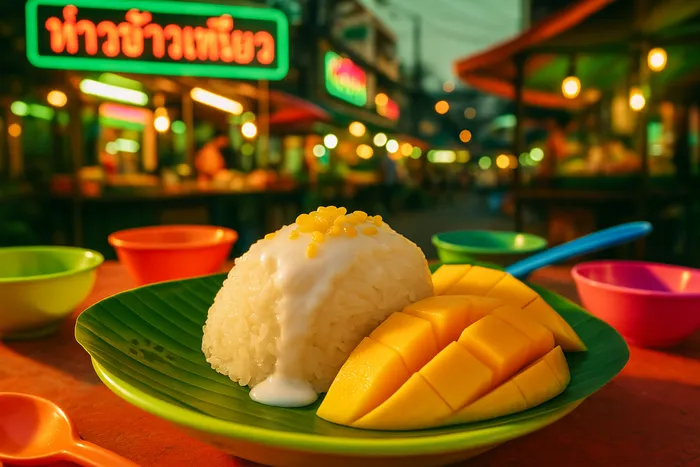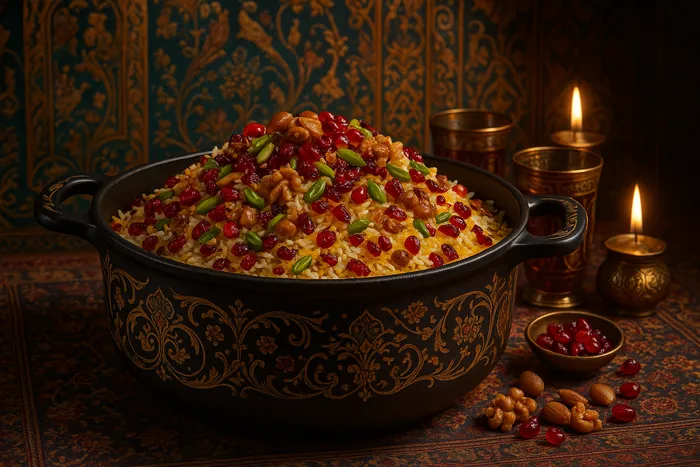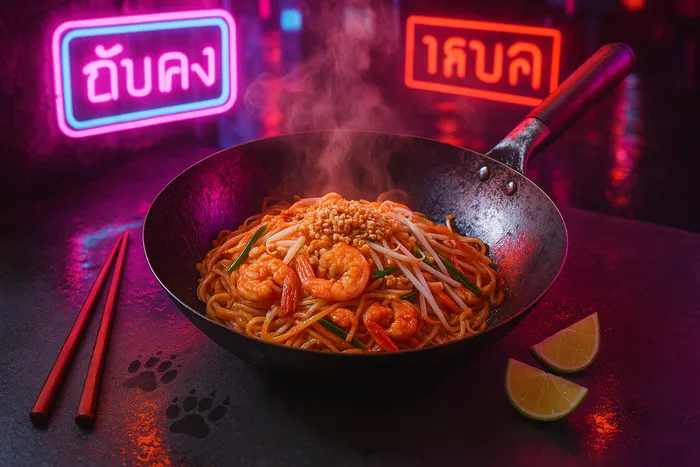technique
Rice Around the World

Raccook
December 6, 2024
5min read

Rice serves as a foundation ingredient across numerous cuisines, with different varieties and preparation methods creating distinct textures, flavors, and cultural significance. Understanding these differences improves both technique and cultural appreciation.
Rice Variety Characteristics
Long-grain rices like basmati and jasmine cook to separate, fluffy textures due to higher amylose content. These varieties work well for pilafs, fried rice, and dishes where distinct grains are desired.
Short-grain rices contain more amylopectin, creating stickier textures when cooked. Japanese sushi rice and Italian Arborio rice fall into this category, each suited to specific preparation methods and final textures. Our Perfect Sushi Rice recipe demonstrates the precise techniques needed for authentic Japanese rice preparation.
Medium-grain varieties like Calrose rice provide balance between separate and sticky textures. These versatile rices work for multiple applications and adapt well to different cooking methods.
Regional Preparation Methods
Japanese rice preparation emphasizes proper washing to remove excess starch, precise water ratios, and specific cooking techniques. The goal is tender rice with individual grains that hold together without being mushy.
Thai jasmine rice cooking traditionally uses absorption methods with specific water ratios. The rice should be fragrant and slightly sticky while maintaining individual grain integrity. Proper technique creates rice suitable for eating with hands or utensils. For glutinous rice applications like Thai Mango Sticky Rice, different varieties and steaming methods create the characteristic chewy texture essential to Thai desserts.
Indian basmati rice preparation often includes soaking, precise water measurements, and sometimes spice additions during cooking. The goal is long, separate grains with characteristic aroma and light texture. Persian rice traditions take this further, as shown in iranian-jeweled-rice-cast-iron, where creating a perfect tahdig (crispy bottom) becomes an art form combining technique with cultural significance.
Specialized Rice Dishes
Risotto requires specific rice varieties (Arborio, Carnaroli, Vialone Nano) and techniques. Constant stirring releases starches gradually while maintaining grain integrity. Different liquid addition timing creates varying final textures.
Paella uses specific rice varieties that absorb liquid without becoming mushy. The technique involves creating a socarrat (crispy bottom layer) while maintaining proper rice texture throughout the pan.
Sushi rice preparation involves specific washing, cooking, and seasoning techniques. The rice must achieve proper stickiness for shaping while maintaining individual grain integrity and proper flavor balance. Our Perfect Sushi Rice guide details each step from washing to seasoning, ensuring restaurant-quality results at home.
Rice Cooking Fundamentals
Water ratios vary significantly between rice varieties and cooking methods. Long-grain rices typically use 1.5:1 water to rice ratios, while short-grain varieties may require different proportions for optimal results.
Washing removes excess surface starch and improves final texture. Different varieties require different washing techniques - some need multiple rinses until water runs clear, others require minimal washing to preserve nutrients.
Resting periods allow rice to finish cooking with residual heat and steam. Proper resting prevents overcooking while ensuring even moisture distribution throughout the grains.
Advanced Techniques
Toasting rice before adding liquid develops nutty flavors and helps prevent overcooking. This technique works particularly well for pilafs and dishes where distinct grain separation is desired.
Steaming methods using bamboo steamers or rice cookers create different textures than absorption cooking. Understanding when to use each method improves final dish quality. Thai Mango Sticky Rice showcases traditional bamboo steaming techniques that create the unique texture impossible to achieve through standard cooking methods.
Rice aging affects cooking properties and flavors. Aged basmati rice cooks differently than fresh rice, often requiring adjusted water ratios and cooking times for optimal results.
Troubleshooting Common Issues
Mushy rice usually results from too much water, overcooking, or insufficient starch removal during washing. Different varieties require adjusted techniques to prevent this common problem.
Undercooked rice can be fixed with additional liquid and cooking time, but prevention through proper measurement and timing works better than correction after cooking.
Sticky rice when separation is desired often indicates improper variety selection or cooking technique. Understanding variety characteristics prevents these issues.
Storage and Reheating
Proper rice storage prevents texture degradation and food safety issues. Cooked rice should be cooled quickly and refrigerated promptly to prevent bacterial growth.
Reheating techniques vary by intended final use. Fried rice applications benefit from day-old rice that has dried slightly, while other applications may require moisture additions during reheating.
Cultural Significance and Applications
Rice serves different cultural functions across cuisines. It may be a simple side dish, a main course foundation, or an ingredient in desserts and beverages. Understanding these cultural contexts improves dish authenticity.
Leftover rice applications vary by culture - from Chinese fried rice to Spanish arroz con leche. These preparations developed as ways to use rice effectively while creating distinct dishes. Chinese Congee exemplifies how rice transforms completely through extended cooking, creating comfort food from simple grains. Even beyond traditional rice dishes, starchy preparations like Peruvian Causa Limeña show how different cultures approach similar textural goals with their regional starches.
Connecting Rice Knowledge
Rice preparation techniques relate to broader cooking principles discussed in regional cuisine guides. The precision required for Perfect Sushi Rice connects to Japanese attention to technique detail, while the patience needed for Chinese Congee's slow transformation demonstrates another philosophy entirely. Understanding rice's role in Thai Cuisine Guide helps appreciate its cultural significance beyond simple starch provision.
Salt usage in rice cooking relates to Salt Stories applications, while fermented rice preparations connect to Fermentation Journey techniques. Proper rice cooking demonstrates how fundamental techniques create foundations for more complex culinary applications.








